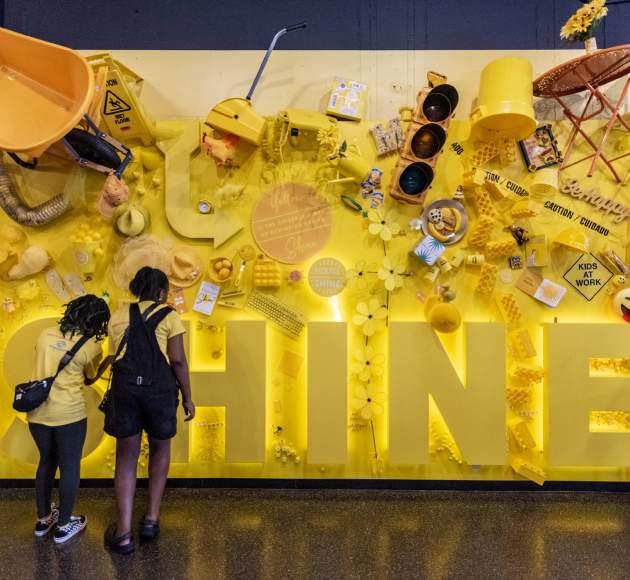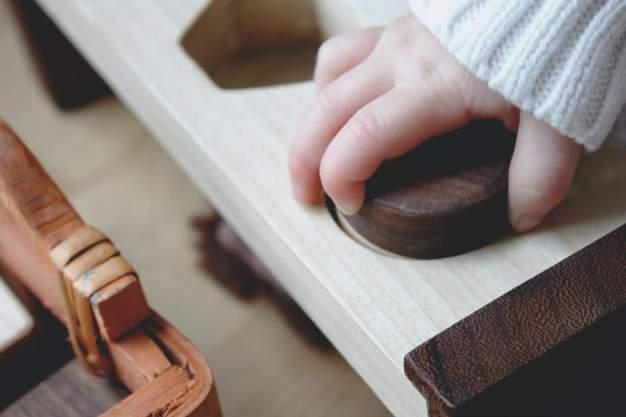
2 minute read
Design for Climate Health
Just as many museums are examining their operational energy use, many building product suppliers are examining the embodied carbon of their materials. Embodied carbon is the total carbon released into the atmosphere as a result of the extraction, manufacture, transportation, sale, installation, use, deconstruction and disposal or reuse of a product. Plan early to design for overall climate health by using Environmental Product Declarations (EPDs) to determine the Global Warming Potential (GWP) of materials as well as setting a cap on the exhibit’s total carbon footprint.
Global Warming Potential
Advertisement
Transparency with
Environmental Product
Declarations (EPDs) • Choose materials with
EPDs (a carbon “life story” of the product) which conform to ISO 14025 and EN 15804 or
ISO 21930.
Low Global Warming
Potential (GWP)
Materials
• Use tools like Sustainable
Mind’s transparency catalog1 or Carbon Cure’s
Embodied Carbon in
Construction Calculator2 to find products that are low in embodied carbon compared to their competitors.
Reduce Transportation
Carbon Footprint
• Use virtual tools for workshops and reviews in order to limit air travel during the exhibit planning process, especially for outside consultants. • Use local artists, illustrators and craftspeople to fabricate exhibits. • If travel is necessary, offset with purchased carbon credits.
1 transparencycatalog.com 2 buildingtransparency.org
Energy Use Reduction
• Early in the exhibit design process, set a shared media & lighting Energy Use
Intensity (EUI) not-to-exceed target toward overall power use. Estimate the energy that will be used by exhibit lighting and media and develop a plan to reduce power in both areas. High tech EUI studies could involve computer models and computerized building management systems. A low-tech way of studying EUI is to create a spreadsheet, inventory fixtures and AV hardware, figure out how much wattage each uses and how many hours/per day it will be used, then calculate the annual energy usage per square foot. EnergyStar publishes average EUI baselines. As of 2021, the baseline EUI for museums is 56.1 kBtu/ft2 .
Lighting
• Choose LED lighting as well as light or motion sensors to shut off or dim lights when not in use. • Track lighting with
Energy Use Intensity (EUI, annual kBtu/square feet), through a spreadsheet or with real-time monitoring. • Offset exhibit lighting use with renewable energy generation toward a goal of Net Zero.
Audiovisual (AV)
• Choose motion sensors, or similar technology, to move AV to low power mode when not in use. • Track AV with Energy Use
Intensity (EUI, annual kBtu/square feet), and plan to reduce from business as usual design. • Offset exhibit AV use with renewable energy generation toward a goal of Net Zero.








